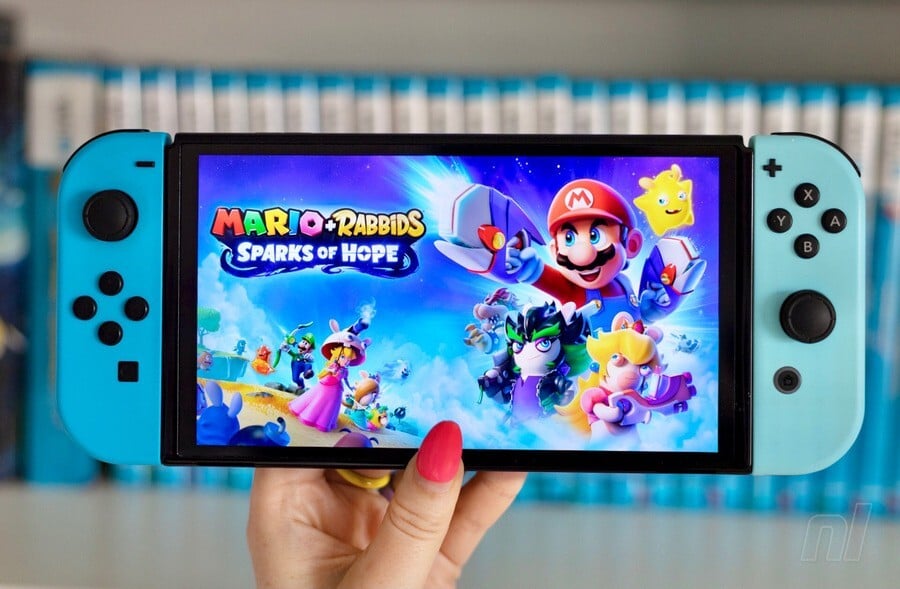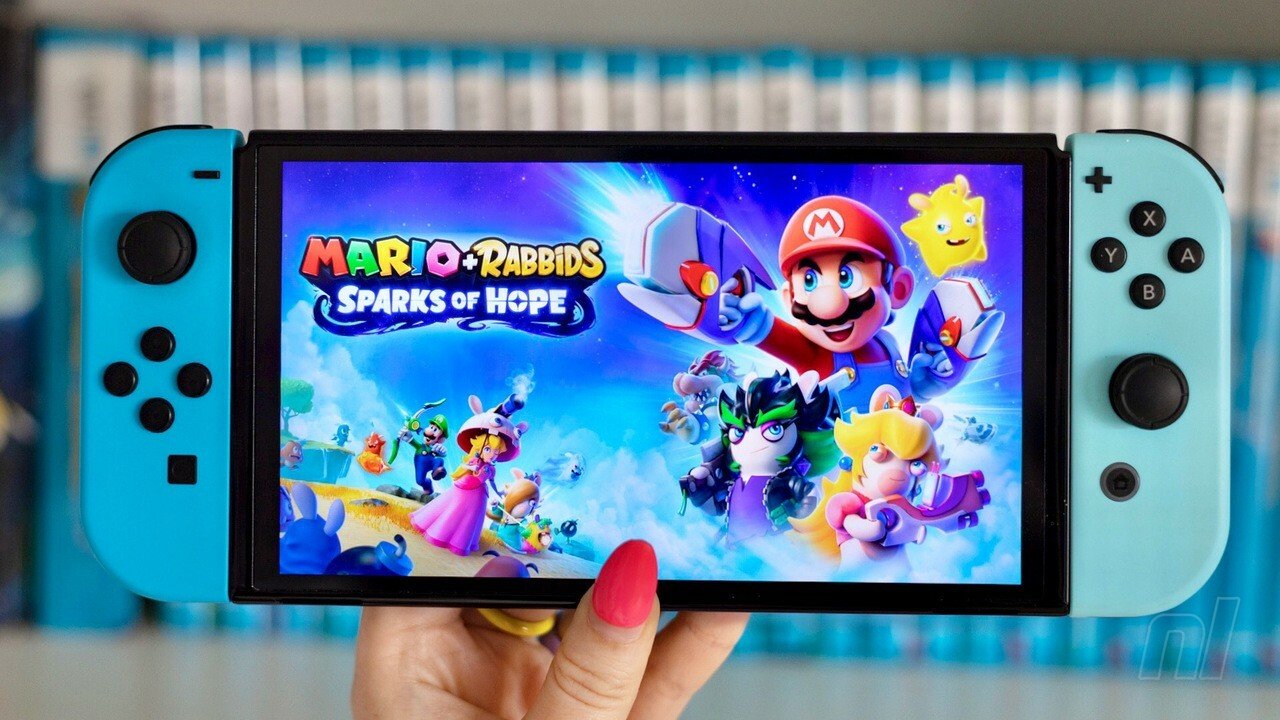
In an interview with Nikkei, Nintendo President Shuntaro Furukawa says that, while semiconductor supply issues are looking to improve for the remainder of this fiscal year, next year looks more “uncertain.” This follows the publication of Nintendo’s financial report for Q1 2022-2023.
In last week’s financials, Nintendo reported a 22.9% drop in profits for April – June 2022, but the company also reassured people that it would not be increasing the price of the Switch and that the semiconductor shortages would improve over the summer and autumn period.
Furukawa says that Nintendo will “work out the best strategy” as it goes along and that it’s doing its best to “procure high-quality products at an appropriate price”, but that things are only clear for the remainder of the current fiscal year:
“With cooperation from various business partners, we’re on track for improvement from the latter half of this summer. But in terms of our sales forecast of 21 million units for the fiscal year through March 2023, we only have a clear production outlook for this year. Beyond that, things are uncertain.”
This cooperation means that Nintendo Switch supply should improve for the rest of the year, as Nintendo already laid out in its latest financial report, but it’s unknown what the demand and supply will be like next year. Furukawa also states “I can’t say specifically what is in short supply”, but that Nintendo will still be selling all three Switch models — Standard, Lite, and OLED.
While Furukawa once again reassures that Nintendo isn’t considering a price increase “at this point”, the President was asked about rising material and shipping costs.
“For the time being, our OLED model will continue to be less profitable than our other models. Costs have undoubtedly increased for shipping not only by air, but also by sea. We’re thinking about what we can do.
The weak yen may be seen as a benefit for Nintendo, since such a large share of our sales comes from abroad, but our overseas promotional and staff costs also go up. We’re making more inventory purchases in foreign currencies to counter that.”
While the yen is indeed weakening, costs across the world are also rising, causing Nintendo to consider more options, including — as Furukawa states above — buying more inventory in other currencies.
And even though a large percentage of sales come from abroad, Furukawa brings up the issue of shipping costs, and the company needs to think of a way to get around this.
The OLED costs more to produce, and, while it’s more expensive than the standard model (and frequently the best-selling Switch console week-on-week in Japan), it’s only marginally more so.
Still, despite any potential issues with supplies, semiconductors, and prices, Furukawa believes that “hit software” in the latter part of the year will help the console massively, specifically citing Splatoon 3 (9th September) and Pokémon Scarlet & Violet (18th November ).
Other major platform exclusives coming out for the remainder of 2022 are Mario + Rabbids Sparks of Hope and Bayonetta 3, while The Legend of Zelda: Breath of the Wild 2 has a chance of squeaking in before the end of the financial year (March 2023) as it’s tenuously dated for Spring 2023.
What are your thoughts on Shuntaro Furukawa’s words? Do you think the semiconductor shortage will improve more next year? Let us know in the comments.
.

